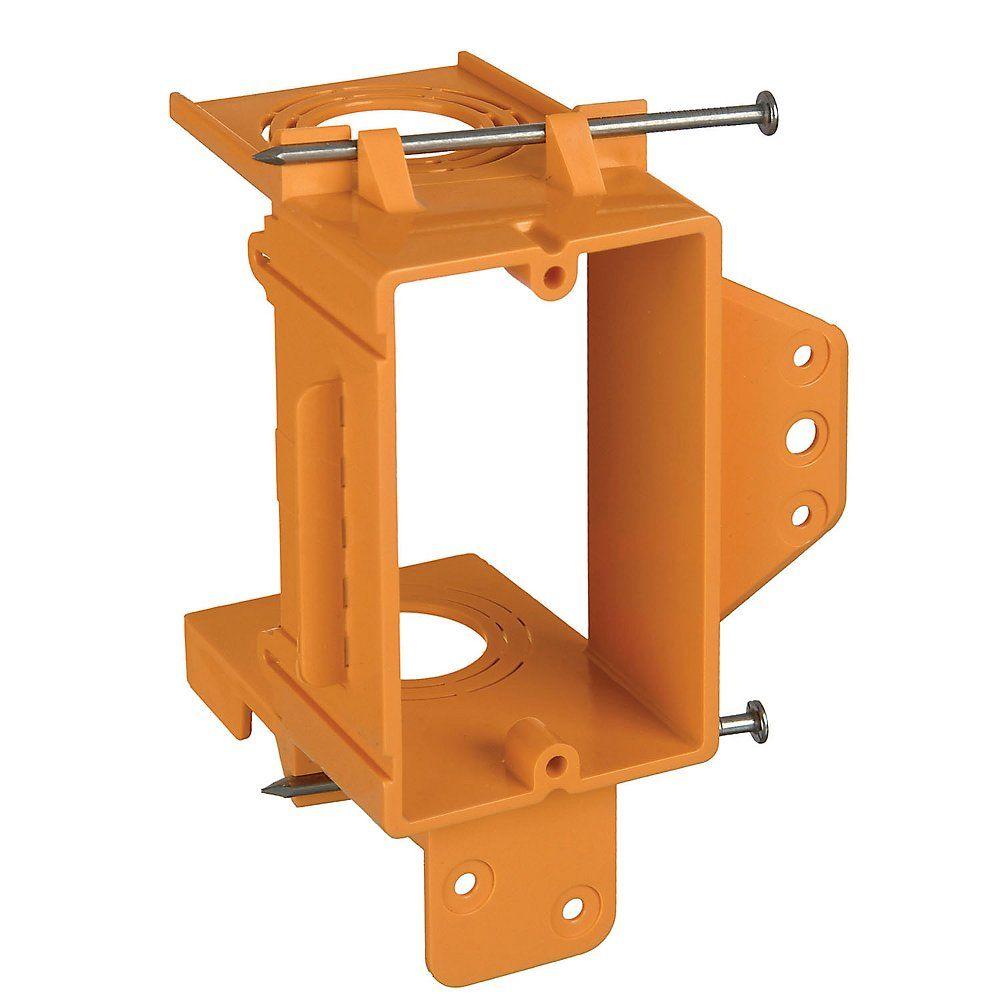I have an existing low-voltage old-work box similar to this which I am using to provide a cable TV outlet:
I would like to run more cables to this location, namely, phone and CAT6. I do have access to the location behind the wall through the attic. However, I would like to improve this by drilling a hole through the floor into the basement where all the cables come into the house anyway, and pushing ENT through the hole and attaching it to something different in this location (this box does not have ENT connections).
The only way I know of to make this work is to rip out drywall to expose the entire cavity between the studs, install a new-work low-voltage box to one of the studs, and replace and patch the section of drywall:
I am certainly capable of doing this and have done similar tasks in the past, but would rather avoid the extra work if possible.
One thing I have done in other locations is to push ENT into the wall cavity and get it close enough to the outlet location that when I fish cable though, it is possible to grab it through the hole with fingers or pliers. However, this particular wall cavity has the chimney stack behind it with extra room (much deeper than a 2x4 stud cavity), so cables have too much room to wiggle around and there is a risk they will be too far behind the wall to reach and pull through the outlet box. If I can somehow do the difficult task of grabbing ENT once, and get it attached to a box, then future work will be trivially easy.
Is there a way to securely attach ENT to a box in this location without removing any drywall?
This particular project is restricted to low-voltage work and does not involve real electrical. Location is the USA with no known building codes out of the ordinary that are relevant to this project.




